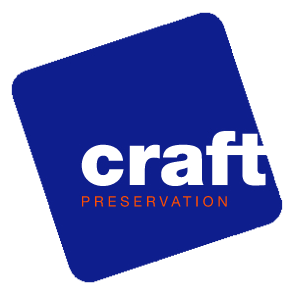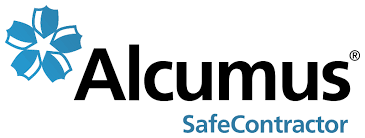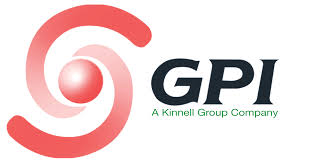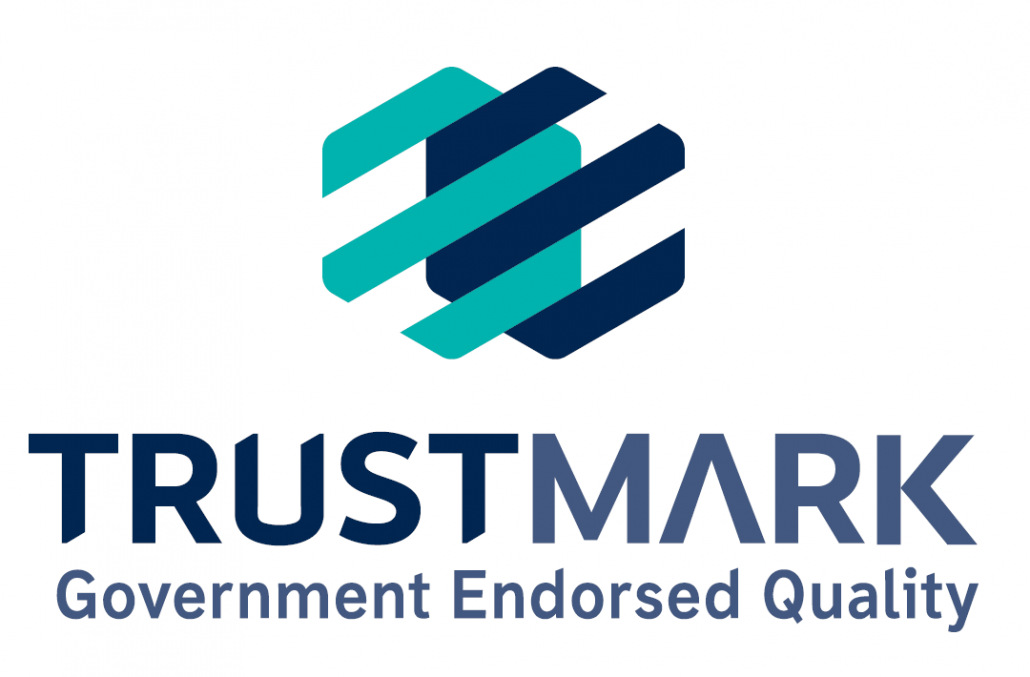Our Damp Services
& Solutions
THE CRAFT GUARANTEE
For peace of mind we offer a 10 year guarantee for our rising damp and timber treatments. On occasions we can offer short term guarantees to cover works to control water ingress (penetrating damp) issues.
Our 10 year guarantee can also be independently Insurance backed by GPI for additional peace of mind. There is a small charge (typically less than £100) for this optional GPI insurance backed guarantee.
Surveys
From your first point of contact with us we will quickly determine whether you require a specialist survey. On occasions this won’t be necessary and we will be happy to give you good advice on dealing with your problem over the phone. Our aim is to have an appointment fixed and the report/estimate returned to you by email within a total of 5 working days, although we can often be quicker if required. The survey will be carried out by an experienced, qualified surveyor with the intention to correctly diagnose the issues and make recommendations that are appropriate and necessary. The surveyor is not a salesperson. We are approved members of the PCA www.property-care.org.
Rising Damp Treatment
Rising damp is simply water from the ground that enters a structure by capillary action. Water that enters or affects a building through any other source route is not rising damp. Only true rising damp can be controlled by the installation of a chemical damp proof course (DPC). In certain types of building rising damp is a commonly encountered problem, however, it is often misdiagnosed which can lead to thousands of pounds of unnecessary expense for the homeowner. It is therefore vital that investigations into dampness are carried out by suitably, experienced, trained and qualified surveyors. If rising damp is diagnosed by our surveyor it is important to follow all recommendations contained in the report to ensure successful, long term control of damp.
Chemical DPC Instillation
Chemical DPC injection will be carried out in accordance with British standard BS 6576 (2005) using fluid approved by the BBA. Unless otherwise specified in our report we will use the ‘Dryzone Cream Mortar Injection’ system whereby we can usually install from the inner-side of the wall to avoid leaving visible drill holes to the external wall. Dryzone is the world’s most rigorously tested rising damp treatment.
Condensation Control
The most common form of unwanted dampness in buildings is water from the air that is formed as condensation. Problems caused by condensation may include running water on windows and walls. Left untreated will lead to deterioration in the decorative condition of the property; stained curtains the decay of timber window frames. It may also produce the appearance of mould on the surface of wallpaper and painted walls in poorly ventilated areas. Our survey will help to identify the cause of the problem and provide advice or propose solutions which may include installing passive vents, mechanical vents, thermal lining to cold wall surfaces and mould cleaning or decorative anti mould solutions. However, simple advice on how to best heat and ventilate your home maybe the only solution required.
Specialist Re-plastering
It is vital that contaminated plaster is replaced in order to successfully control rising damp long term. Ground water contains soluble salts that are hygroscopic (meaning they can attract moisture from the air). New plaster should be specially formulated to be salt resistant to prevent ongoing damp problems.
Fungal Decay in Building Timbers (Dry & Wet Rot)
Dry and wet rot can affect buildings of all ages and if decay is discovered it should be identified and remedial action taken without delay. Correct identification of the type of fungal decay is essential to ensure the right remedial action is taken. Incorrect identification can lead to very expensive and perhaps unnecessary works being carried out. Our survey will identify the cause, source of moisture, type of rot present and will set out a clear specification and plan to remove the decay and replace all affected timbers with treated timbers. At every step of the way we will be clear on cost, timescale and will only ever recommend work which is necessary.
Timber Infestation / Woodworm
The woodworm beetle, most commonly Anobium Punctatum (common furniture beetle) is significant because given the right conditions it can infest a wide variety of timber including structural building timbers, floorboards and roof timbers. If left untreated it can lead to server weakening of the timbers and eventual collapse. Before making a decision on treatment our surveyor will consider the condition of the infested timber, the type and accessibility of the woodworm attack and the risks and hazards that are associated with any work. Infestations must be identified as being currently active or not. There is no requirement to treat inactive or old infestation. When treatments are recommended this will include the application of an insecticide by spray or brush. Modern insecticides are thankfully less toxic than previous solvent based products. Low odour, water based preservatives have led to reduced property entry times (1 hour), a safer environment for our technicians to work in and the chemical being far less harmful to the environment.
Associated Building Works
Installation of Concrete floors and floor screeds incorporating either a physical damp proof membrane (DPM) or a liquid DPM. Installation of a French Drain to overcome the effects of high external ground levels ‘bridging’ the DPC. Installation of air bricks to provide adequate sub floor ventilation to suspended timber floors. External rendering repairs and installation of bell cast drip beads. Carpentry services to fit new skirting boards and repair decayed timber floors. Complete plastering services. Minor brick repairs and re=pointing and the application of breathable external water repellent to reduce the porosity of solid walls prone to wind driven rain.






